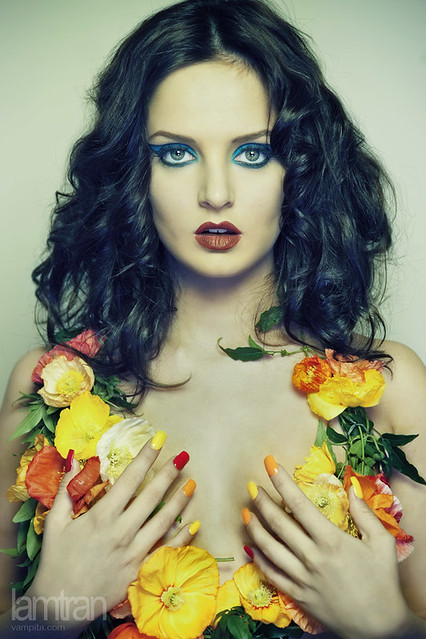
5 questions about this photo:
Q1. What equipment did you use?
Nikon d300s and 50mm f/1.4 lens, Manfrotto tripod. The three champagne glasses are filled with sparkling water and placed on a homemade light table. Small Christmas tree lights provide the coloured lights. Homemade bokeh filter alter the shape of the bokehs.
Q2. What settings did you have on your camera?
The final image is a montage of four:
The glasses on the light table (background image) - 50mm 1.4 lens at f2.8, 1/90 sec, iso 400.
Bokeh image 1 (circles - no bokeh filter) - 50mm lens, ISO 400, f/1.4, 1/50 sec (under exposed 2 full stops)
Bokeh image 2 (snowflakes with bokeh filter) - 50mm lens, ISO 400, f/1.4, 1/30 sec (under exposed 2 full stops)
Bokeh image 3 (hearts with bokeh filter) - 50mm lens, ISO 400, f/1.4, 1/20 sec (under exposed 2 full stops)
Q3. What software did you use during the post-production?
Basic adjustments of each of the 4 images made in Lightroom 2. Final montage created in Photoshop 2. All done in layers. Some cloning, opacity reduction, transforming of each bokeh layer.
Q4. What is the subject of the photo?
The photo is a festive take on sparkling water.
Q5. How did you come up with the idea of this shot?
It was in answer to Flickr Group “Our Daily Challenge’s” topic – More Light on December 23. I felt that an image making use of a light table with the addition of three different bubble bokehs would qualify as more.
I have been experimenting with my new light table and bokeh filter and thought a montage using the two new tools was in order and Christmas/New Year provides a relevant context. I had seen many images using bokehs as bubbles and thought I would try my hand.
Extra Q: Please share an interesting or funny fact that happened while working on this photograph.
I kept losing the bubbles in the glasses and I drank the water and refilled but gave up as it was impossible to attain a uniform bubble density. I was thinking if this had been champagne, I never would have completed the image.


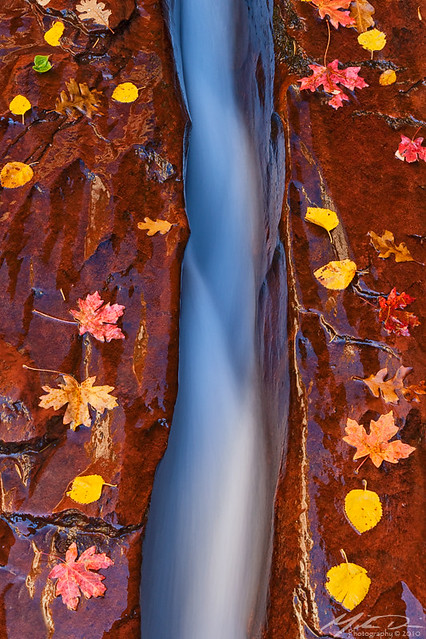


























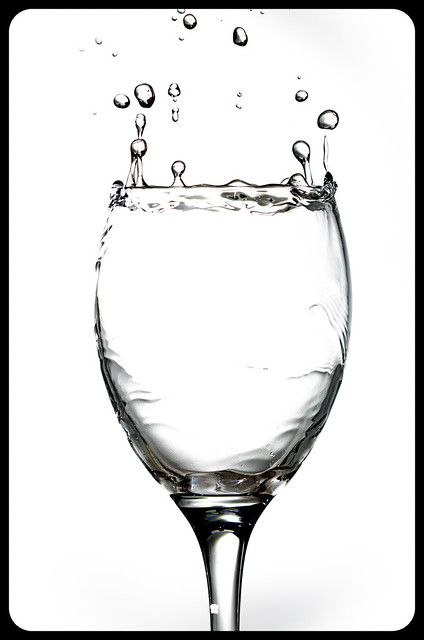
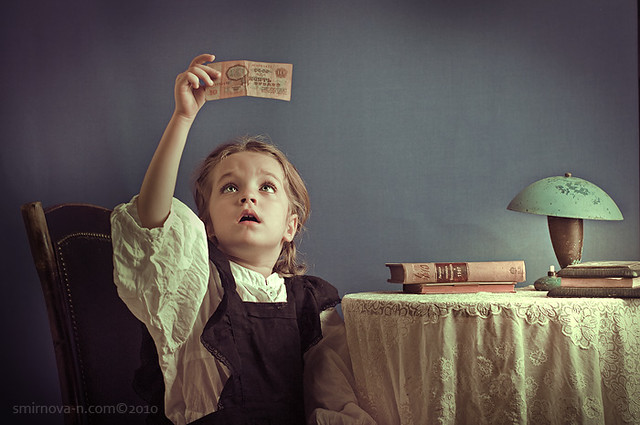
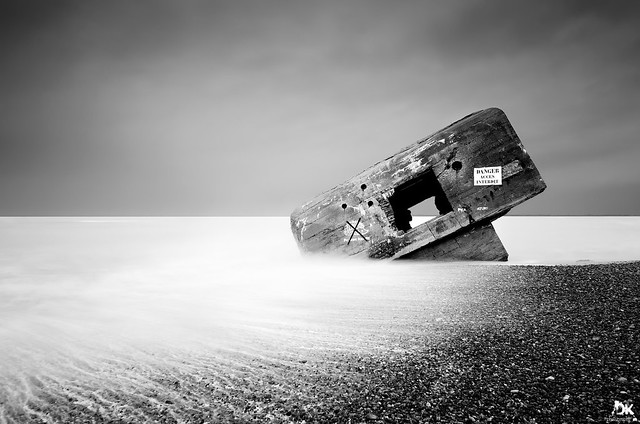




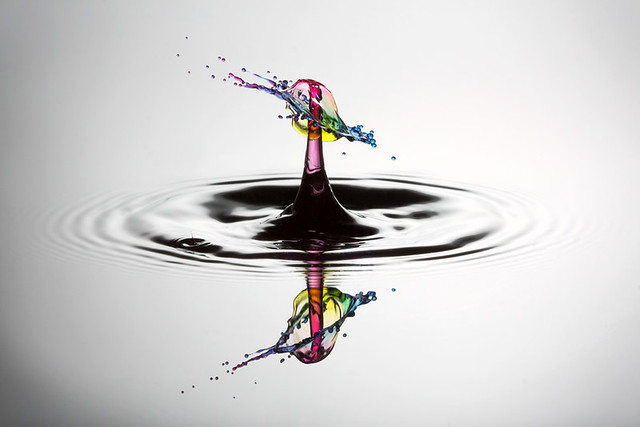





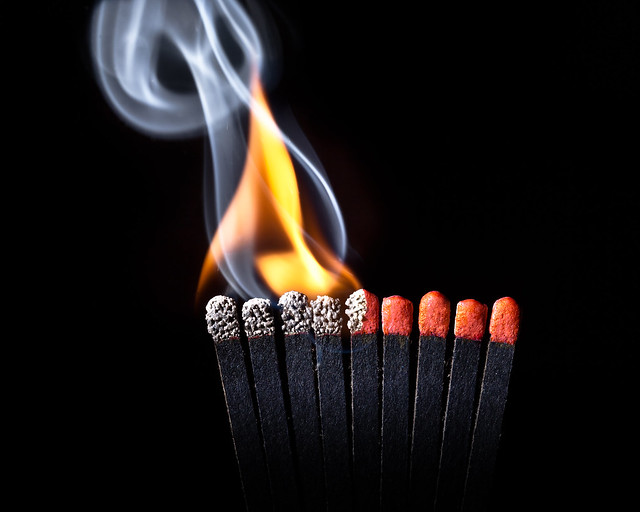



![All-in [explored]](http://farm5.static.flickr.com/4100/4959688876_8b8c0b29e2_z.jpg)
